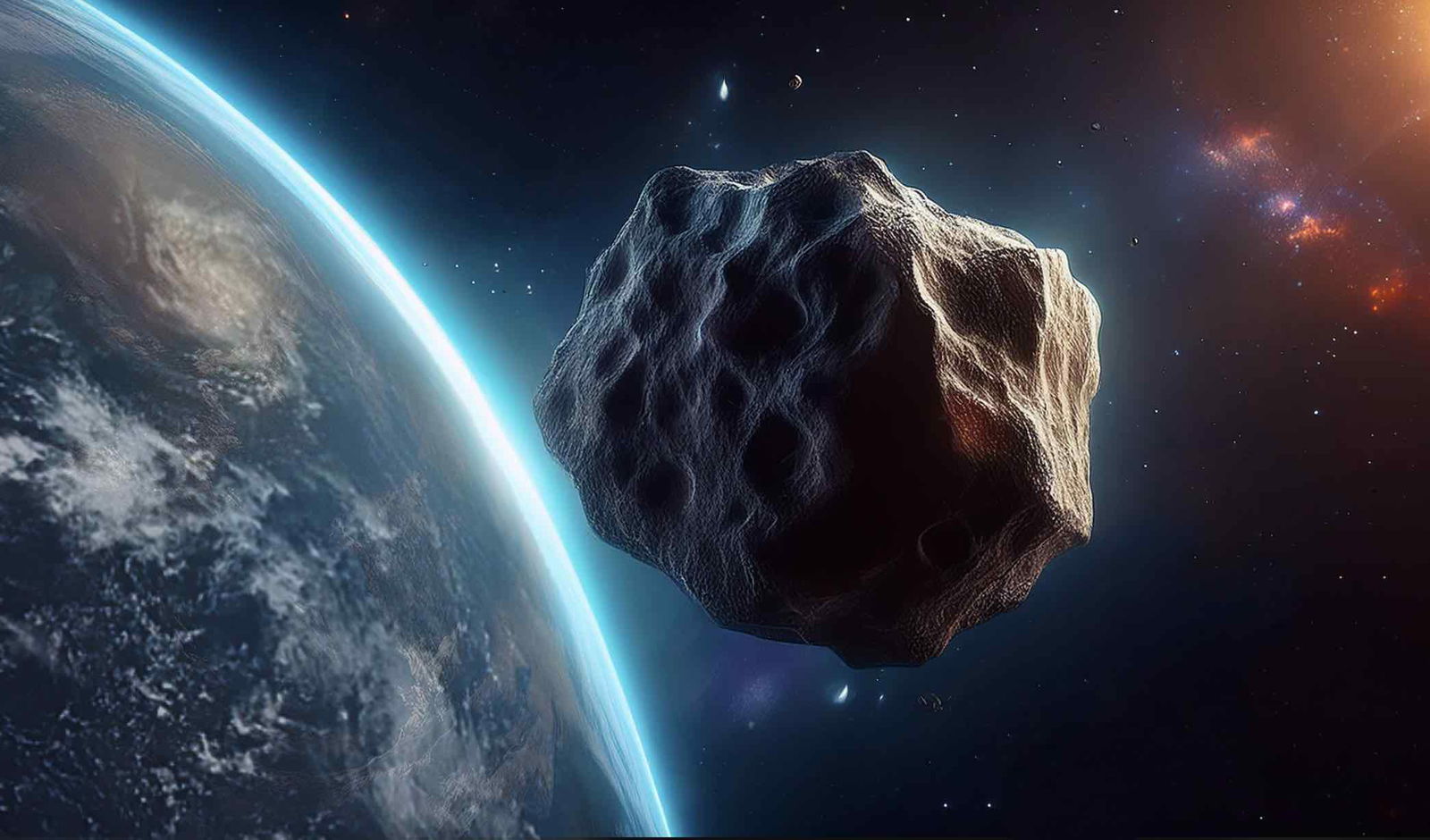Astronomers have revealed that a secondary “mini-moon,” asteroid 2024 PT5, will briefly enter an orbit around Earth for the next several weeks.
From September 29 to November 25, before continuing its journey around the Sun, this temporary visitor will offer astronomers a rare glimpse of a near-Earth object (NEO) as it passes close to our planet on its way through our cosmic neighborhood.
Details recently published by Research Notes of the American Astronomical Society reveal that astronomers discovered the new asteroid, 2024 PT5, which will briefly be captured by Earth’s gravity and orbit our planet until the latter part of November.
Following its temporary orbit as Earth’s second moon, the asteroid will resume its journey toward the sun along its horseshoe-shaped path.
Estimated to be around 37 feet (11 meters) in diameter, the mini-moon will be too small to be visible to the human eye. However, those with access to larger telescopes will potentially be able to see the object during its visit.
Carlos de la Fuente Marcos, lead study author and researcher at the Complutense University of Madrid’s Faculty of Mathematical Sciences, recently said that further observations and data will be required to confirm the NEO’s actual size.
Asteroid 2024 PT5 was discovered on August 7, 2024, by the Asteroid Terrestrial-impact Last Alert System in Sutherland, South Africa.
What is a Mini-Moon?
A mini-moon or “moonlet” is a rock caught by Earth’s gravity that completes at least one full orbit around Earth before heading back to its usual route around the Sun. By comparison, when an object doesn’t complete a full orbit around the Earth during its visit, astronomers call this a “temporarily captured flyby.”
Out of the mini-moons astronomers have managed to view from Earth, two have been “temporarily captured orbiters,” while the other three, including 2024 PT5, are in the “temporarily captured flybys” club. These near-Earth objects, or NEOs, include space rocks and comets.
Getting to within about 1.3 times the distance between the Earth and the Sun, Earth’s gravity can occasionally snag these objects for a while. 2024 PT5 and a previous mini-moon, 2022 NX1, were both captured from a group of asteroids called the Arjunas, named after a character from the Hindu epic Mahābhārata.
Intriguingly, in their recent study, the research team notes that Earth’s soon-to-be mini-moon “is unlikely to be artificial as its short-term dynamical evolution closely resembles that of 2022 NX1, a confirmed natural object.”
The team’s study, “A Two-month Mini-moon: 2024 PT5 Captured by Earth from September to November,” recently appeared in AAS Research Notes.
Chrissy Newton is a PR professional and founder of VOCAB Communications. She currently appears on The Discovery Channel and Max and hosts the Rebelliously Curious podcast, which can be found on The Debrief’s YouTube Channel on all audio podcast streaming platforms. Follow her on X: @ChrissyNewton and at chrissynewton.com.

